COLOMBO -- Sri Lanka, a British colony between 1802 and 1948, was called Ceylon until 1972 when the country became a republic. Despite the name change, its hallmark produce -- tea -- has survived and fed the revival of postcolonial Sri Lanka as a national beverage.
Much like Koreans who habitually drink coffee throughout the day, Sri Lankans have long taken pride in the production and consumption of Ceylon tea, introduced to the country in 1867 by British planter James Taylor.
Unleashing a potent aroma in graded flavors, the organic drink has come to define the down-to-earth life on the lush tropical island.
Much like Koreans who habitually drink coffee throughout the day, Sri Lankans have long taken pride in the production and consumption of Ceylon tea, introduced to the country in 1867 by British planter James Taylor.
Unleashing a potent aroma in graded flavors, the organic drink has come to define the down-to-earth life on the lush tropical island.
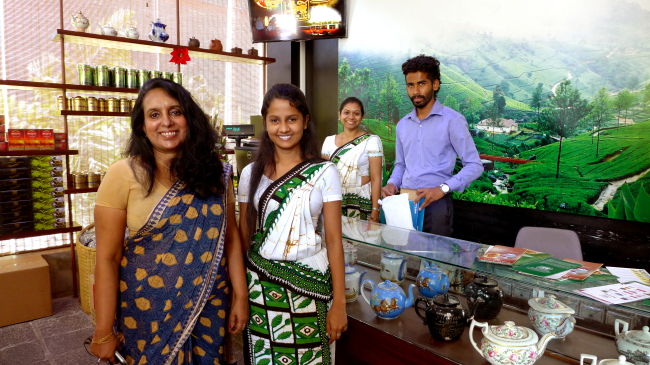
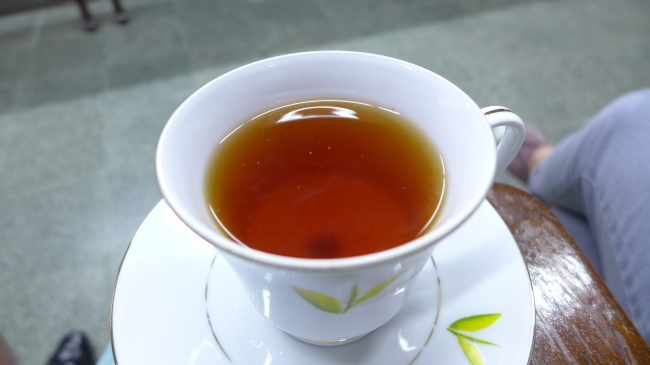
“The enchantment of the tea country, its mystique and romance live on,” according to its national tourism board, with “hundreds of miles of green velvet smothering the mountainsides, soft mist settling to cloak surroundings in romance and mystery, and little cottages beckoning guests with tantalizing aromas of freshly brewed Ceylon tea.”
Currently, tea production accounts for roughly 2 percent of Sri Lanka’s gross domestic product, generating over $1.5 billion annually. The industry employs some 1 million workers, mostly Indian Tamils brought to the country since the mid-19th century.
The island’s humid climate, cool temperature and plentiful rainfall have provided ideal conditions for growing the high-quality tea, considered the finest in the world by connoisseurs.
Tea is cultivated using a “contour planting” method, where bushes are planted along the sloped steppes of the field. Sri Lanka is one of the few countries where tea leafs are handpicked entirely. Mechanized harvesting adds large amounts of coarse leaves and twigs, reducing quality.
Each worker, most of them women, picks a daily average of 15 to 20 kilograms of tea leaves, which are then weighed and transported to nearby factories. The factories, usually multistoried estates, carefully ensure manufactured quality.
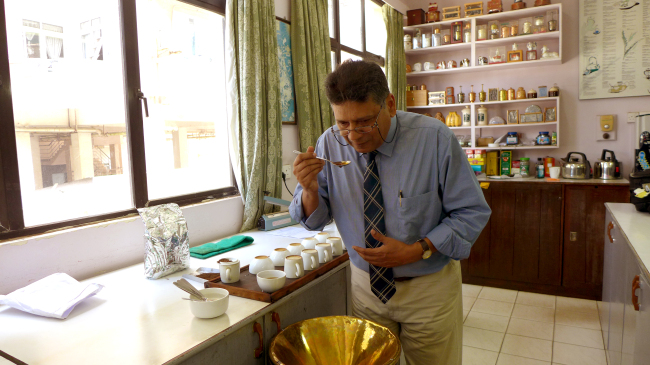

There are seven different types of Ceylon tea, starting from the lowest in elevation to the highest for plantation: Ruhuna, Sabaragamuwa, Kandy, Uva, Dimbula, Uda Pussellawa and Nuwara Eliya. The higher the elevation, the milder the taste and color.
Elevation, soil and weather conditions determine the aroma, strength, taste and color of Ceylon tea. According to Priyanka Liyanage, senior executive at the Sri Lanka Tea Board under the Ministry of Plantation Industries, Sri Lankans prefer dark teas like Dimbula over Ruhuna, which is darker and stronger and preferred by people from Russia and the Commonwealth of Independent States.
Nuwara Eliya, produced 6,200 meters above sea level, offers a mild taste, and is favored by French, Italians and Germans; Uda Pussellawa, produced below Nuwara Eliya in two seasons, has a rosy flavor; Dimbula, grown 1,200 meters above sea level, has a strong color, is usually enjoyed with milk and preferred by Sri Lankans, Britons and Germans; and Uva, grown on the eastern slopes of the central mountains between 900 and 1,500 meters, is the preferred choice of Japanese.
Kandy is beloved by tea drinkers from the Gulf Arabia, offering a full-bodied, bursting taste and going well with milk; Sabaragamuwa, harvested from sea level up to 760 meters, has a deep red color with a smooth taste, and is popular among people from the Middle East; and Ruhuna, grown from sea level to about 600 meters, has a thick texture from its black leafs.
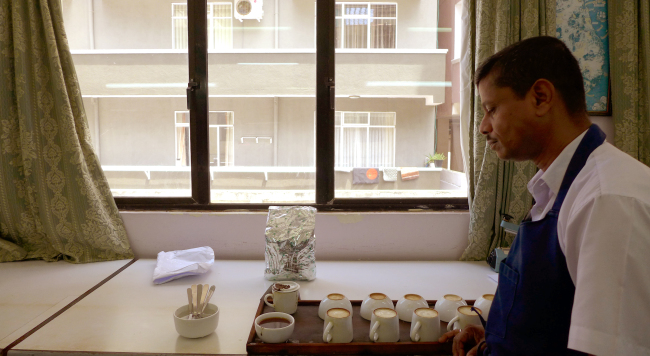

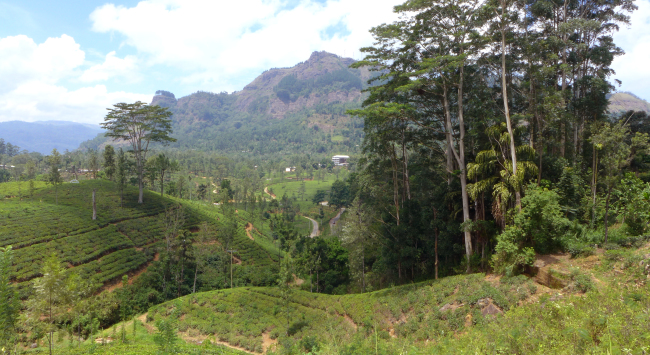
“Good teas have distinct characters of aroma, flavor, briskness, brightness and a malt-like feel,” Asoka Goonetilleke, the board’s tea taster and consultant, told The Korea Herald.
Ceylon tea comes in black tea, green tea and white tea. It can be made into iced tea lemonade with lemon juice, Ceylon black tea leaves and sugar or syrup.
Tea began as a medicine but grew into a beverage, according to the board. As one of the healthiest beverages available, it offers numerous health benefits. It can reduce tooth decay as it contains fluoride; inhibit harmful microorganisms in the mouth and improve oral health through polyphenols; boost the immune system; help digestion by eliminating harmful bacteria in the intestines; increase alertness and decrease drowsiness, fatigue and stress through caffeine; reduce the risk of heart disease and stroke through antioxidant polyphenols and slow the process of aging; lower diabetes levels; and hydrate body tissues.
By Joel Lee (joel@heraldcorp.com)
-
Articles by Korea Herald







![[KH Explains] Hyundai's full hybrid edge to pay off amid slow transition to pure EVs](http://res.heraldm.com/phpwas/restmb_idxmake.php?idx=644&simg=/content/image/2024/04/18/20240418050645_0.jpg&u=20240419100350)







![[From the Scene] Monks, Buddhists hail return of remains of Buddhas](http://res.heraldm.com/phpwas/restmb_idxmake.php?idx=652&simg=/content/image/2024/04/19/20240419050617_0.jpg&u=20240419175937)

![[KH Explains] Hyundai's full hybrid edge to pay off amid slow transition to pure EVs](http://res.heraldm.com/phpwas/restmb_idxmake.php?idx=652&simg=/content/image/2024/04/18/20240418050645_0.jpg&u=20240419100350)

![[Today’s K-pop] Illit drops debut single remix](http://res.heraldm.com/phpwas/restmb_idxmake.php?idx=642&simg=/content/image/2024/04/19/20240419050612_0.jpg&u=)